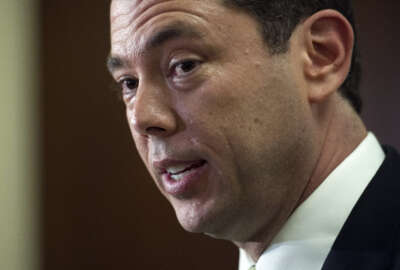Unless you’re incredibly good-looking/beautiful, or vain, or in denial (or all three) chances are you are often disappointed when you see yourself in a recent photo. Especially if it is a selfie-on-a-stick where everybody tries too hard to look like they are either in (or on) ecstasy. That’s human nature 2016.
So it’s no big surprise that so many feds — especially the under 30 and over 60 crowd — are disappointed with the new self-plus-one option to their FEHBP health program.
The “problem” is that there is very little difference, in most health plans, between those that cover just two people vs. the same plan in which the family could be five or 10 people. How could that be, people are asking.
Simple: Self-plus-one health plan options are most attractive to two very different groups of people: Young or relatively young people who don’t have children and much older people whose kids are grown and on their own.
As a general rule, the young group is healthier and less likely to incur lots of medical bills. The exact opposite, as a general rule, is true of the older employees and retirees. They are what health plans call “heavy users” both in drugs, doctors and maintenance. In the days (pre 2016) before the self-plus option, there were two types of plans available: Self only or self and family. A group plan.
Younger healthier workers helped subsidize older less healthy employees. Couples without kids help subsidize those with kids. The never-sick took up the slack for people with chronic conditions. People who didn’t have accidents helped with the premiums for those who did have serious accidents. Or illness.
Young people inevitably got older. Healthy people tended to get less healthy as they aged. That’s life in a group plan.
For years, experts warned (or at least cautioned) that moving to a self-only wouldn’t save much in the way of premiums. And over the years, they’ve said, self-plus-one premiums could actually be higher than family plans if lots of older feds and retirees move into self-plus-one while younger feds opt for the traditional family plan.
Despite disappointment with the premiums, it appears that lots of people moved into the new option even though the savings are not what people hoped. Normally, fewer than 400,000 people switch plans during an open season. The program covers almost 9 million people. But during the just completed (December 2015) open season, more than 600,000 people changed plans.
OPM has announced there will be a special, very limited enrollment period Feb. 1-29. During that time, people will be able to move from a traditional family plan into the self-plus-one option. That’s it. No other changes will be permitted.
Bottom line: Whether you love or hate the new self-plus-one option, its premiums are set for 2016. Premiums for 2017 will be based, in large part, on the experience of plans this year. If large numbers of young, healthy people move into the self-plus-one plans, their premiums could remain steady. Maybe even go down a little compared to a regular family plan. But if a large number of older, less healthy “heavy users” move into the self-plus-one plans, the premium sticker shock for the selfies could be even greater.
Nearly Useless Factoid
By Michael O’Connell
The odds of identical twins passing the age of 100 is 1 in 700 million.
Source: TwinsUK
Copyright
© 2024 Federal News Network. All rights reserved. This website is not intended for users located within the European Economic Area.
